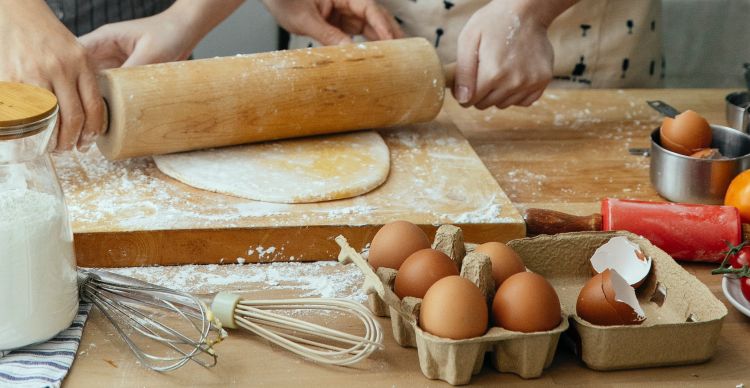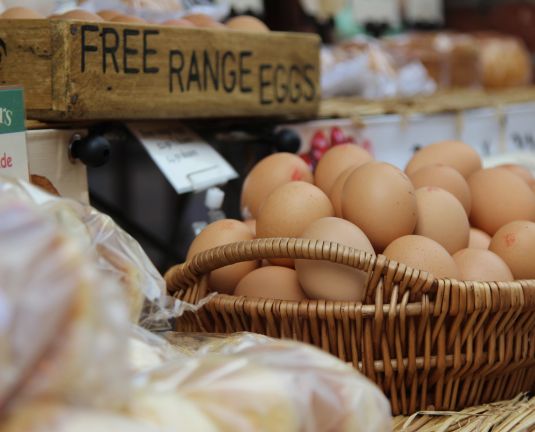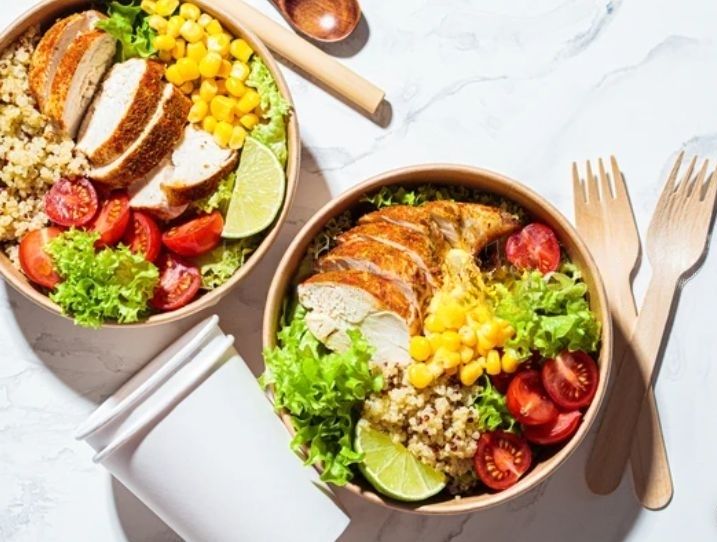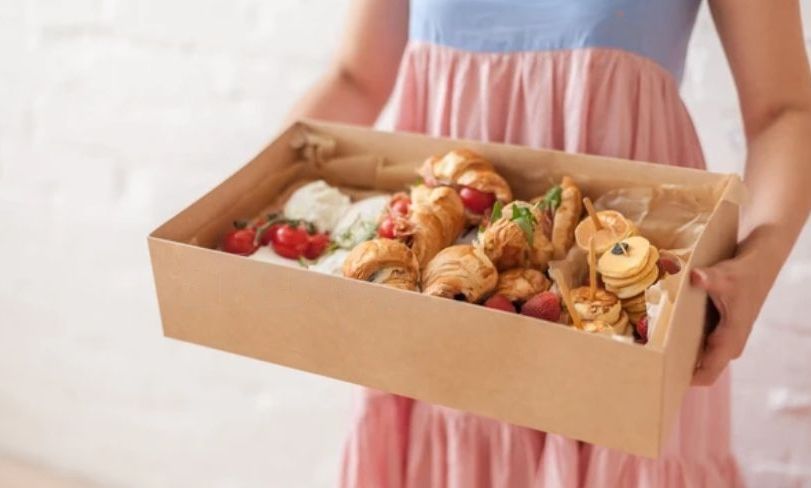Egg Cartons in the Classroom: Fostering Education and Creativity for Kids
When it comes to educational tools, egg cartons might not be the first thing that comes to mind. However, these humble containers can be incredibly versatile and valuable resources for teachers looking to engage their students in hands-on learning experiences. In this blog post, we'll explore the myriad ways egg cartons can be used to enhance education in schools, sparking creativity, curiosity, and critical thinking in young minds.
-
Hands-On Science Experiments:
- Egg cartons are perfect for conducting a wide range of science experiments that teach students about biology, chemistry, and physics. From exploring the life cycle of plants to demonstrating buoyancy and density, these versatile containers provide a convenient and cost-effective way to facilitate hands-on learning in the classroom.
-
Math Manipulatives:
- Use egg cartons as math manipulatives to help students visualize and understand mathematical concepts such as counting, sorting, and fractions. The individual compartments of the carton can be filled with objects like beads, buttons, or counters, providing a tactile and interactive way for students to explore mathematical ideas.
-
Art and Craft Projects:
- Egg cartons are a treasure trove of creative possibilities for art and craft projects. Students can use them to make sculptures, masks, dioramas, and more, unleashing their imagination and artistic talents. Whether it's painting, cutting, or gluing, egg cartons offer endless opportunities for self-expression and creativity.
-
Sustainable Gardening:
- Teach students about sustainability and environmental stewardship by using egg cartons to start seedlings for a classroom garden. Students can plant seeds in the individual compartments of the carton, observe the germination process, and care for their seedlings until they're ready to be transplanted into the garden. This hands-on experience not only teaches students about plant biology but also instills a sense of responsibility for the environment.
-
Sensory Play and Exploration:
- Fill egg cartons with various materials such as rice, sand, or dried beans to create sensory bins for students to explore. Sensory play helps stimulate children's senses and encourages scientific inquiry and discovery as they observe, touch, and manipulate different textures and materials.
-
Organizational Tools:
- Use egg cartons as organisational tools to help students keep track of small items like buttons, beads, or math manipulatives. Each compartment can be labelled with the contents, providing a simple and effective way to store and access materials during lessons and activities.
Egg cartons may seem like ordinary objects, but in the hands of creative teachers, they become powerful educational tools that inspire curiosity, exploration, and discovery in young learners. Whether it's conducting science experiments, creating art projects, or starting a classroom garden, egg cartons offer endless opportunities for hands-on learning and engagement. By incorporating egg cartons into their lesson plans, educators can cultivate a love of learning and empower students to explore the world around them with enthusiasm and wonder.




